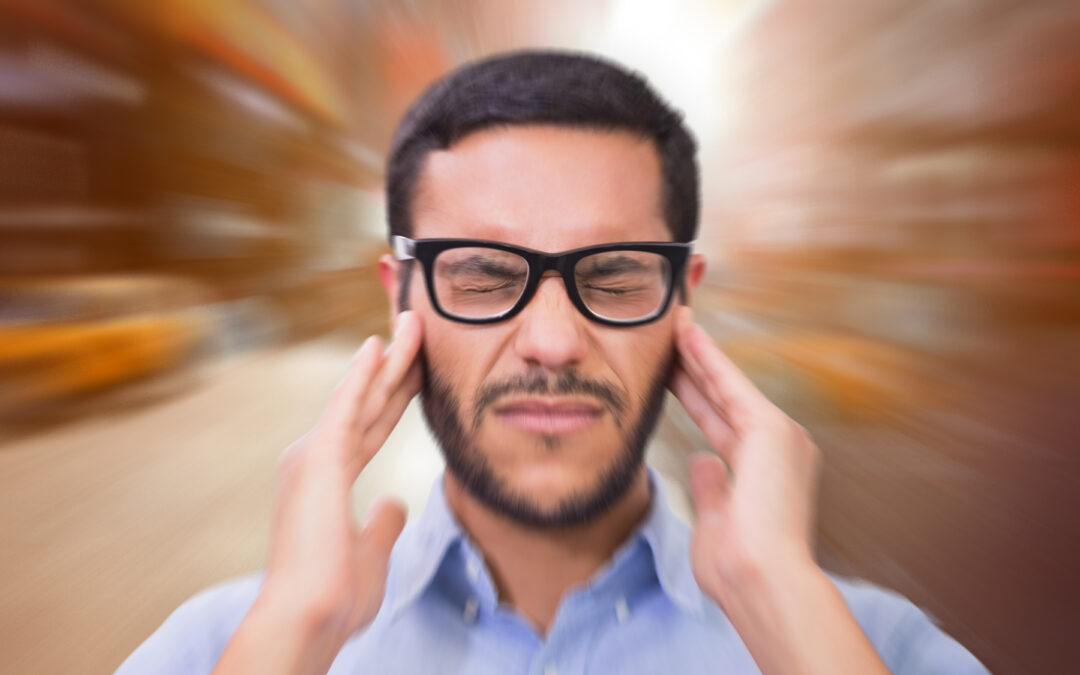If you suffer from migraines, you know how hard they can be to treat.
There is no standard cure for migraine headaches, and each individual responds differently to different treatments. Understanding why (and what might work for you) thus depends on understanding a little bit about migraines, generally.
What Are Migraine Headaches?
Migraines come on as a result of a neurological disorder that expresses itself as a debilitating headache. Often, this arrives in episodes, and is accompanied by nausea, vomiting, and light sensitivity. A migraine can last anywhere from 4 hours to 3 days and, as anyone who’s had one knows, the discomfort can be so intense that it can limit even basic functioning.
Migraine Symptoms
Migraines often come on slowly. In the hours (or even days) before an attack, you may experience sensitivity to light, sound, or smell, fatigue, changes in appetite, mood changes, severe thirst, bloating, constipation, or diarrhea. Additionally, many people notice an “aura” shortly before a migraine hits. This can look like black dots, wavy lines, flashes of light, tunnel vision, tingling or numbness on one side of your body, ringing in your ears, or a changed sense of smell, taste, or touch. All of these symptoms stem from your central nervous system, so it makes sense that the most effective treatments likewise impact the nervous system.
Migraine Treatment
At present, there is no cure for migraines. Numerous medications exist that help prevent or stop migraines, and some prevent symptoms from getting worse. Not all people respond to treatment, however, and often those who suffer most severely are those who struggle most to find relief.
Ketamine for Migraines
In addition to the various conventional approaches, there are plenty of alternative treatment options for migraines. These include acupuncture, massage, supplements, and others. Many people report anecdotal success from such nonmedical interventions, and yet there is little science to support their efficacy.
Ketamine for migraines is a notable exception. While still an alternative treatment in the sense that it is not a first-line treatment for migraines, ketamine infusion therapy has ample clinical backing.
According to the British Journal of Pharmacology, “Current data on short-term infusions indicate that ketamine produces potent analgesia during administration only, while three studies on the effect of prolonged infusion (4–14 days) show long-term analgesic effects up to 3 months following infusion.” In other words, IV ketamine treatment not only provides fast relief but, according to a growing body of science, may also be a lasting solution.
Ketamine has been in use since the 1970s, and is traditionally used as an anesthetic. In recent years, it has gained recognition as an effective mental health treatment and, given the unique way it impacts the central nervous system, it’s not surprising that it provides relief from migraines.
To learn more about ketamine for migraines—or about any of the other remarkable ways ketamine is transforming the medical landscape—do not hesitate to contact Vitalitas Denver. Our Colorado area ketamine clinics are staffed by a full suite of qualified, experienced, and dedicated medical professionals.
Contact Vitalitas Denver
To learn more do not hesitate to Contact Vitalitas Denver—Our Colorado area ketamine clinics are staffed by qualified and experienced medical professionals. We are here to help you find hope.


